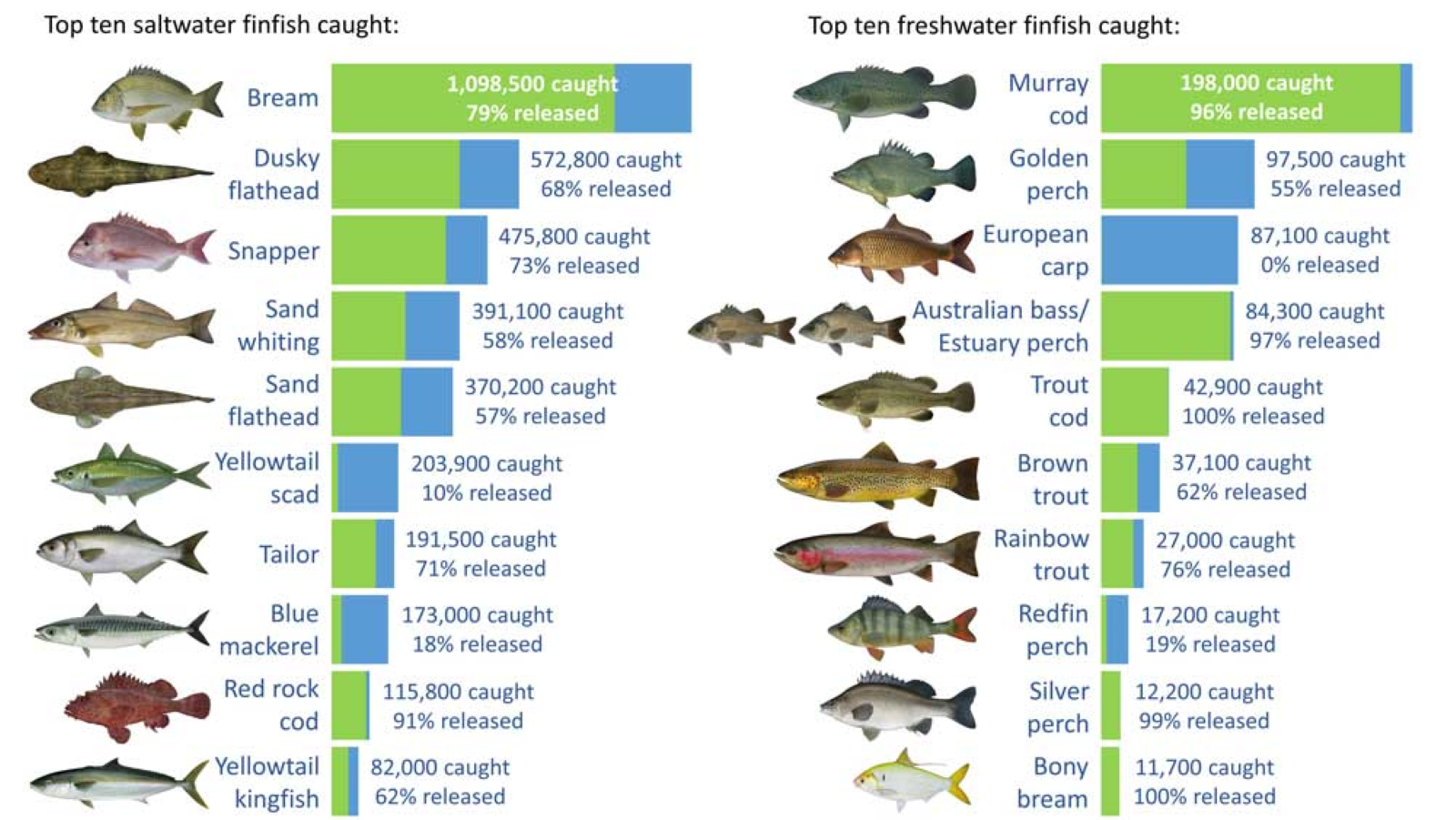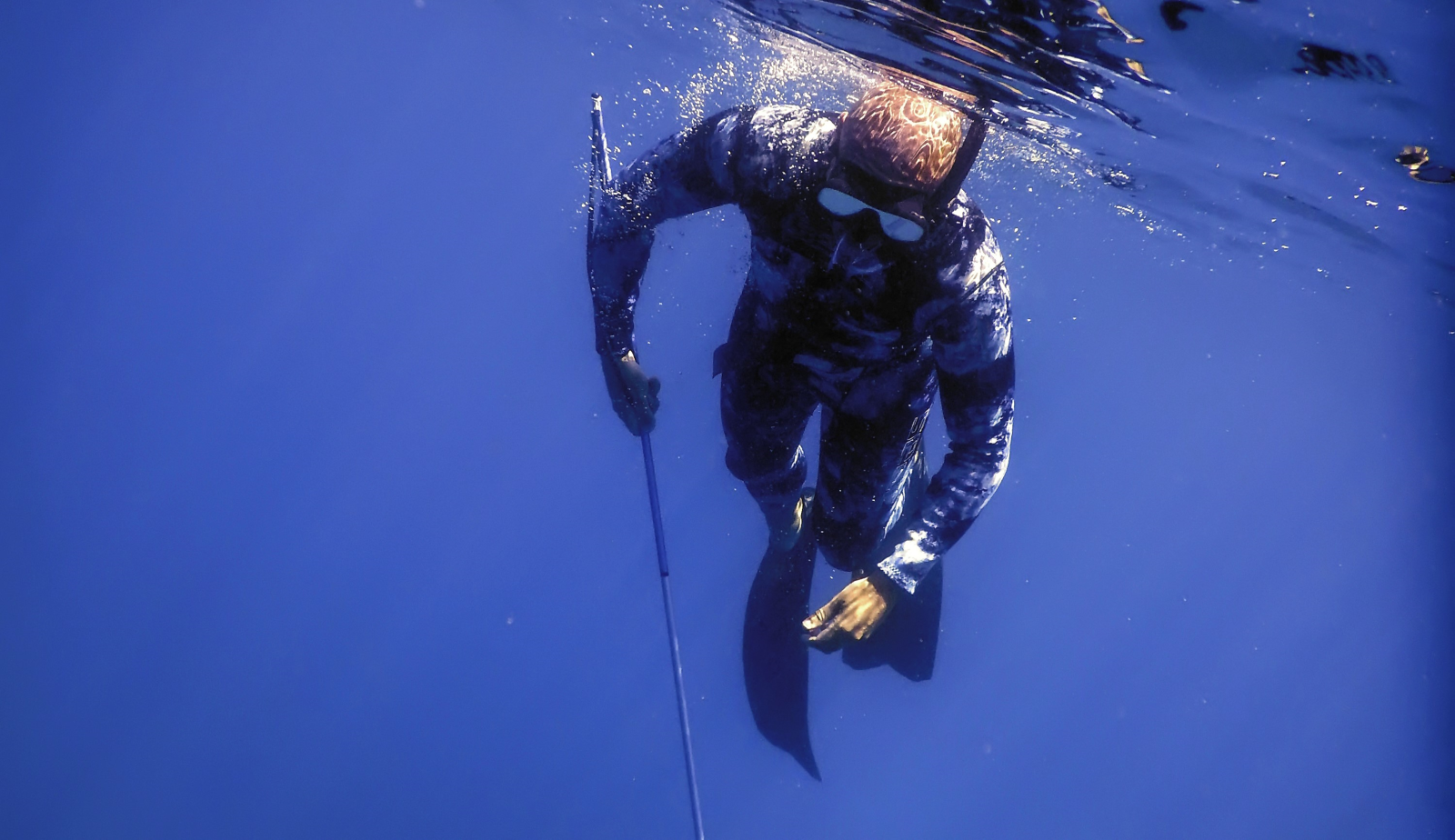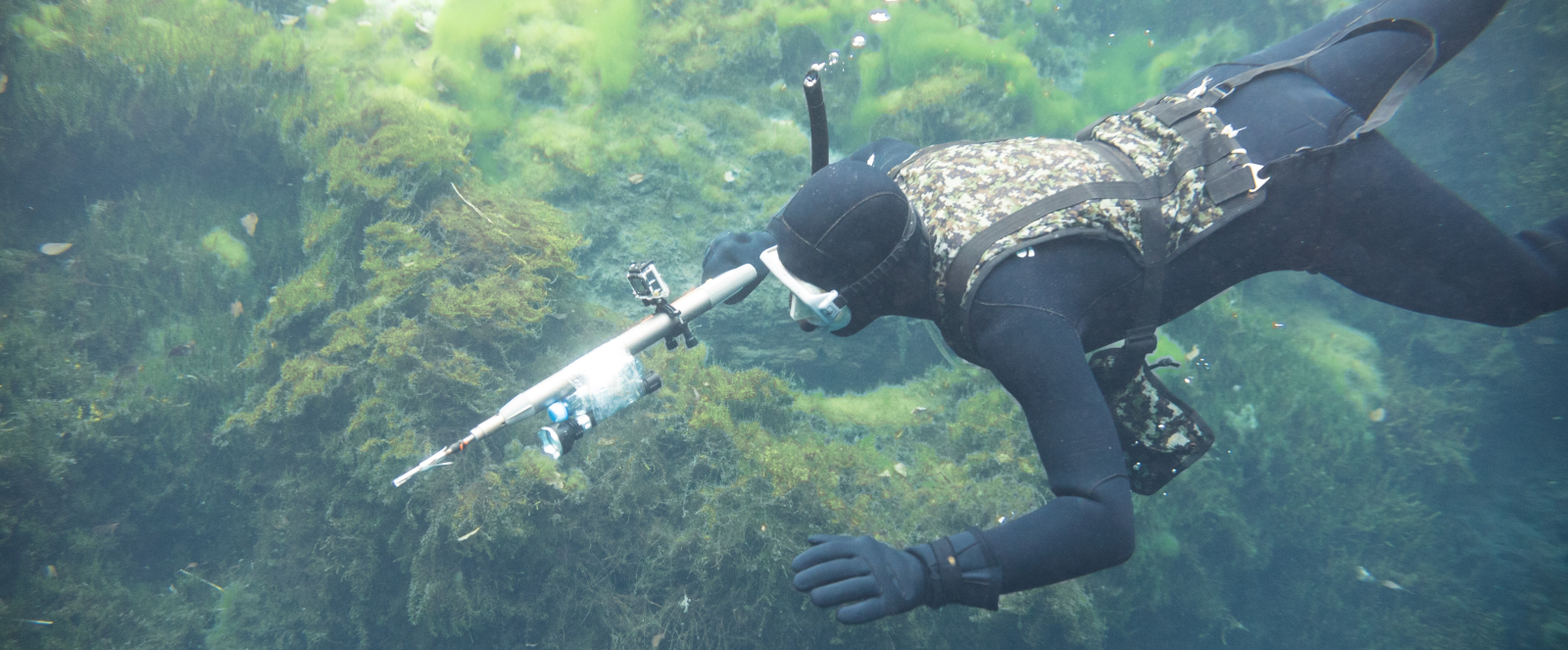Spearfishing Spots Lake Macquarie
An Introduction to Lake Macquarie
Lake Macquarie, the largest coastal saltwater lake in Australia, offers amazing habitats for spearfishers. From tidal channels to artificial reefs, its waters are home to a variety of marine species, making it an appealing destination for spearfishers.
However, spearfishing requires knowledge of local regulations to ensure safety and sustainability. The NSW Department of Primary Industries (DPI) oversees these rules, including prohibited zones and size limits for fish species. Adhering to these guidelines not only protects marine life but also enhances your overall experience.
Spearfishing in Lake Macquarie is unique because of its mix of shallow bays, sandy flats, and deeper drop-offs. Each location presents its own challenges and rewards, offering opportunities for adventure while connecting with nature.
Guidelines Before You Spearfish in Lake Macquarie
Understanding the legal and environmental framework is crucial before spearfishing in Lake Macquarie. The NSW DPI enforces rules to balance recreational fishing with marine conservation.
Regulations to Keep in Mind
- Spearfishing is prohibited in certain zones, including Swansea Bridge and Marine Park areas.
- Minimum size and bag limits apply to targeted fish species.
- Avoid harming protected species like blue groper or seahorses.
Safety Precautions
Lake Macquarie’s conditions vary by location and tide. Strong currents near Swansea Channel or murky visibility after rain can pose challenges. Always use a dive flag to alert boaters and ensure a buddy accompanies you. Knowing the weather and tide schedule can also make a significant difference in your success and safety.
The 10 Best Spearfishing Spots in Lake Macquarie
1. Swansea Channel
Location: 33.0872° S, 151.6407° E
Features: Swansea Channel connects Lake Macquarie to the Tasman Sea, featuring mixed terrain of sand, rocks, and tidal flows. This area is popular for its accessibility and diverse marine life.
Depth and Visibility:
- Depth: 2–5 metres.
- Visibility: Moderate to good, depending on tidal movements. Slack tide offers the best visibility.
Common Fish Species:
- Bream, flathead, whiting, and mulloway.
Tips for Success:
- Target fish during the incoming tide for clearer water.
- Position yourself near structures like rocks and pylons where fish gather.
- Use a shorter speargun to improve manoeuvrability in the channel’s currents.
Things to Note:
The channel’s currents can be strong, especially during tidal shifts. Stay aware of boat traffic and always use a dive flag.
2. Marks Point Sand Flats
Location: 33.0367° S, 151.6448° E
Features: This area offers expansive sand flats interspersed with weed beds, creating the perfect environment for flathead and whiting. The calm, shallow waters make it beginner-friendly.
Depth and Visibility:
- Depth: 1–3 metres.
- Visibility: Clear in calm conditions, but can become murky after wind or rain.
Common Fish Species:
- Dusky flathead, sand whiting, and occasional squid.
Tips for Success:
- Look for flathead camouflaged on sandy patches near weed beds.
- Use slow, deliberate movements to avoid spooking the fish.
- Aim for whiting in slightly deeper sections of the flats.
Things to Note:
Avoid spearfishing during low tide when fish activity decreases. This spot is also popular with anglers, so be mindful of fishing lines.
3. Pulbah Island
Location: 33.0784° S, 151.5678° E
Features: Situated in the southern part of Lake Macquarie, Pulbah Island offers rocky drop-offs and deeper waters, attracting a wide range of marine species. The island’s secluded location makes it a serene spot for spearfishers seeking variety.
Depth and Visibility:
- Depth: 5–10 metres.
- Visibility: Typically good, especially on calm, sunny days.
Common Fish Species:
- Snapper, bream, flathead, and tailor.
Tips for Success:
- Target snapper and tailor near the rocky edges where they forage for food.
- Approach flathead resting on the sandy bottoms near the drop-offs.
- Use a mid-range speargun for accuracy in deeper waters.
Things to Note:
Currents can be stronger further from the island, especially during tidal changes. A buddy system and a dive flag are essential for safety.
4. Belmont Bay
Location: 33.0145° S, 151.6519° E
Features: Belmont Bay combines accessible shore entry with diverse underwater terrain, including sandy bottoms and pier structures. This area is ideal for spearfishers looking for convenience and variety.
Depth and Visibility:
- Depth: 2–5 metres.
- Visibility: Moderate, depending on weather and water activity.
Common Fish Species:
- Bream, flathead, tailor, and snapper.
Tips for Success:
- Check around the piers and boardwalk structures, where fish often gather for shelter.
- Early mornings offer the best chances of spotting fish in clear conditions.
- Use a lightweight wetsuit to handle changing water temperatures comfortably.
Things to Note:
Belmont Bay is popular among recreational users, so keep an eye out for boats and paddleboarders. Spearfishing here is best during off-peak hours for minimal disturbances.
5. Speers Point Jetty
Location: 32.9736° S, 151.6159° E
Features: Speers Point Jetty is a land-based spearfishing location with calm waters and a mix of sandy and grassy terrains. Its proximity to urban amenities makes it a convenient spot for short outings.
Depth and Visibility:
- Depth: 1–3 metres.
- Visibility: Consistent, though slightly reduced after heavy rain.
Common Fish Species:
- Tailor, bream, whiting, and squid.
Tips for Success:
- Search for squid in the grassy areas during high tide.
- Target bream near the jetty’s structure, especially at dusk.
- Use a pole spear for better control in these shallow waters.
Things to Note:
Speers Point Jetty is popular among anglers, so be cautious of fishing lines. Early mornings or weekdays tend to be quieter.
6. Valentine Boat Ramp Area
Location: 33.0176° S, 151.6290° E
Features: This spot is perfect for families or beginners, offering easy entry points and calm waters. The sandy shallows and nearby grassy beds make it an inviting location for casual spearfishing.
Depth and Visibility:
- Depth: 1–4 metres.
- Visibility: Clear during calm weather but can become murky after wind or rain.
Common Fish Species:
- Bream, flathead, and sand whiting.
Tips for Success:
- Focus on flathead hiding near the transition zones between sand and grass.
- Move slowly to avoid startling whiting in the shallows.
- Keep your speargun or pole spear light for easier manoeuvrability.
Things to Note:
The Valentine Boat Ramp Area is a family-friendly spot, so expect shared use with swimmers and kayakers. Weekday visits may offer a quieter experience.
7. Murrays Beach Foreshore
Location: 33.0851° S, 151.6118° E
Features: Murrays Beach Foreshore is known for its extensive fishable shoreline and calm, shallow waters. Its mix of sandy patches and gentle weed beds makes it a great spot for beginners.
Depth and Visibility:
- Depth: 1–3 metres.
- Visibility: Variable, with better clarity on calm, windless days.
Common Fish Species:
- Sand whiting, flathead, and small bream.
Tips for Success:
- Look for whiting and flathead along the sandy stretches during incoming tide.
- Stay low and avoid sudden movements to prevent spooking the fish.
- Early mornings provide the clearest water and the most active fish.
Things to Note:
This area’s accessibility and shallow waters make it popular among families. Be mindful of swimmers and other water users.

8. Croudace Bay
Location: 32.9942° S, 151.6271° E
Features: Croudace Bay offers calm waters and grassy underwater terrain, making it a prime spot for beginner and intermediate spearfishers. The sheltered bay is ideal for those looking for a relaxed dive.
Depth and Visibility:
- Depth: 1–3 metres.
- Visibility: Clear during light wind conditions; murky after storms.
Common Fish Species:
- Bream, flathead, and sand whiting.
Tips for Success:
- Explore grassy areas for bream and whiting, which often graze in the cover.
- Flathead can be found lying in sandy patches near the grass.
- Use a dive flag, as this bay is active with boaters and kayakers.
Things to Note:
Croudace Bay attracts recreational boaters, so maintaining visibility and safety with a buddy and flag is crucial.
9. The Drop Over (near Marks Point)
Location: 33.0300° S, 151.6389° E
Features: The Drop Over is a productive spot near Marks Point, characterised by tidal movements and a mix of sandy and grassy underwater terrain. Its diverse ecosystem makes it popular among experienced spearfishers.
Depth and Visibility:
- Depth: 3–6 metres.
- Visibility: Excellent during slack tide but can decrease with strong currents.
Common Fish Species:
- Flathead, bream, whiting, kingfish, squid, and prawns.
Tips for Success:
- Target kingfish during high tide near the deeper sections.
- Squid and prawns are more active during dusk or dawn.
- Position yourself where tidal flows meet still water for the best chances of catching bream and flathead.
Things to Note:
Currents can become strong as tides shift. Plan your dive during slack tide for optimal conditions and safety.
10. Lake Macquarie Artificial Reef
Location: 33.0430° S, 151.6440° E
Features: This artificial reef, located off Galgabba Point, attracts a rich variety of fish species, offering excellent opportunities for those seeking bigger catches. The reef structures provide shelter for marine life, making it a reliable spot for spearfishing.
Depth and Visibility:
- Depth: 5–8 metres.
- Visibility: Moderate to good, depending on weather and tidal flow.
Common Fish Species:
- Flathead, bream, tailor, and leatherjackets.
Tips for Success:
- Search near reef structures where fish often congregate for shelter.
- Use a mid-range speargun for targeting species like tailor and flathead.
- Keep buoyancy control in check to navigate around the reef safely.
Things to Note:
The reef’s submerged structures require careful navigation to avoid entanglements. Ensure you’re equipped with a dive knife for safety.
Spearfishing Spots Lake Macquarie
Proper preparation is essential for a successful and safe spearfishing trip in Lake Macquarie. Having the right equipment tailored to the lake’s varied conditions can significantly enhance your experience.
Essential Gear for Spearfishing
- Speargun or Polespear: A shorter speargun works well in shallower spots like Marks Point, while a mid-range gun is better for deeper areas such as Pulbah Island.
- Wetsuit: Opt for a lightweight, 3mm wetsuit to stay comfortable in the lake’s moderate temperatures. Camouflage patterns can help you blend into the environment.
- Mask and Snorkel: Choose a low-volume mask for better underwater visibility and a comfortable snorkel for extended periods of free diving.
- Fins: Long, flexible fins provide the propulsion needed in spots with tidal currents, such as Swansea Channel.
- Dive Flag and Float: Alerting boaters to your presence is crucial, especially in high-traffic areas like Belmont Bay.
Safety Tools to Pack
- A dive knife is essential for freeing yourself in case of entanglement around artificial reef structures or fishing lines.
- A first-aid kit should always be part of your gear for emergencies.
Preserving Lake Macquarie’s ecosystem is a shared responsibility among all water users. Following sustainable practices ensures that marine life thrives for future generations.
Respect Local Regulations
The NSW Department of Primary Industries sets size and bag limits for fish species to prevent overfishing. Always carry a measuring device to comply with these rules. Prohibited areas, such as certain sections of Swansea Channel, should be strictly avoided.
Minimise Environmental Impact
- Avoid spearing undersized or non-target species.
- Steer clear of seagrass beds that act as critical habitats for juvenile fish.
- Use non-invasive techniques to reduce damage to the surrounding ecosystem.

A Personal Take
As an avid spearfisher, I’ve explored many of Lake Macquarie’s unique underwater habitats. Each location offers something special, from the tidal dynamics of Swansea Channel to the serene depths near Pulbah Island. This lake’s diversity makes it a fantastic playground for both novice and seasoned spearfishers.
One of my favourite experiences was at the Lake Macquarie Artificial Reef. The way marine life congregates around the structures is incredible. Targeting tailor near the reef required precision and patience, but the thrill of a successful catch made every moment worthwhile. It’s these challenges and rewards that make spearfishing in Lake Macquarie such a fulfilling activity.
What sets this lake apart is its accessibility. Whether you’re wading through the sand flats at Marks Point or diving deep at Pulbah Island, there’s a spot for everyone. For beginners, places like Valentine Boat Ramp provide easy entry points with minimal current, while experienced divers can test their skills in deeper waters.
Sustainability is something I stress to anyone interested in spearfishing. Respect for the environment isn’t just a legal requirement; it’s a moral one. Lake Macquarie’s beauty relies on our ability to protect its marine life and habitats.
For those ready to take the plunge, I recommend starting small, exploring shallower areas, and investing in quality gear. The lake will reward your effort with unforgettable experiences and a newfound appreciation for its underwater world.
